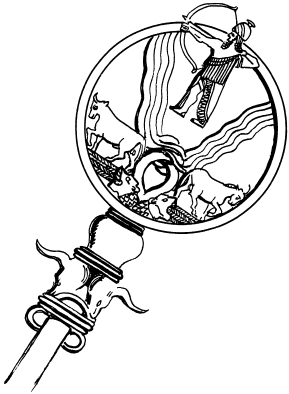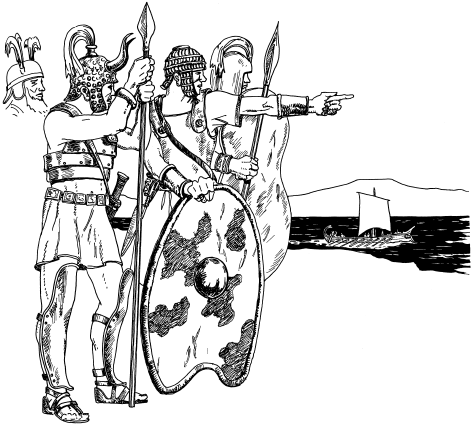Sahran
Grandmaster Knight

Zander2533 said:Oh I see, I completely forgot about the period hahahahahahahaha
I will be glad to see chariots. I guess they will be top tier units right?
More or less, yeah. The amount of charioteers available to recruit (and probably how many they may be limited to fielding in a battle) will vary depending on the faction.
Hittites, Canaanites (Of Israel) and Hittite Syrian Vassals will field the most chariots, varying from not quite elite to elite. Hittite cabs are heavier and javelin/spear based, Canaanite and Syrians are lighter and bow based. Like with the Assyrians/Babylonians it'll be great if post release we can get two riders on a single cab.
Assyria and Babylonia only fields top-echelon elite charioteers (Heavy cabs, armored horse. Probably only 1 rider in alpha but it'd be great to let them have two riders). Bow based.
Trojans (and Lukka vassals), Greeks, and the Pleshet will field only elite charioteers, but not as good as Assyrian/Babylonian ones - but a bit more common. Also all of them use javelin/spear like the Hittites. Pleshet 'might' do bow.
Egypt is tricky. They used light chariot cabs like the canaanites and Syrians with the bow, yet despite what I expected chariots were not the primary apparatus of the Egyptian army - much like the usual view of a "Western" army (Romans, Greeks), Egypt seemed to rely on chariots primarily to counter enemy chariots and protect the infantry. They didn't trust in the chariot as the primary weapon the way the Canaanites and Hittites did. So they will probably be rarer, like Trojans/Greek/Pleshet.
Nobles for Egypt, Greece, Troy, Lukka, Pleshet, Canaanites, Transjordans, Hittites, Hittite Syrian allies will be chariot-based. Not sure for Assyria/Babylonia - probably the best nobles on chariot, the rest horse. Horse for Scythia/persian nobles.
In general though everyone will field chariots more than Assyria and Babylonia, which in their depiction as Neo-Assyria/Neo-Babylonia had begun to shift chariots to a purely shock function while cavalry assumed the mantle of light and medium action. The others used chariots like cavalry in the absence of any. Scythia and Persia naturally gets no chariots. And for stylistic reasons the Bryges field no chariotry but have cavalry instead. The Bryges being a poor man's catch all term for the Phrygians, Paphlagonian, Thracian, Ciconian and Paeonian allies of troy. Herodotus and I believe Strabo both say the Bryges became the Phryges when they crossed into Asia (Which seems concurrent with the Iliad), and either both or Strabo or another (and modern historians too) appear to believe in a Thraco-Phrygian common origin.























